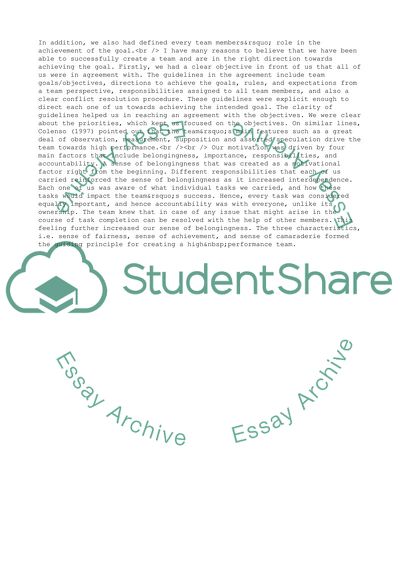Cite this document
(High Performing Teams Admission/Application Essay, n.d.)
High Performing Teams Admission/Application Essay. Retrieved from https://studentshare.org/management/1736782-organising-and-managing-project-team
High Performing Teams Admission/Application Essay. Retrieved from https://studentshare.org/management/1736782-organising-and-managing-project-team
(High Performing Teams Admission/Application Essay)
High Performing Teams Admission/Application Essay. https://studentshare.org/management/1736782-organising-and-managing-project-team.
High Performing Teams Admission/Application Essay. https://studentshare.org/management/1736782-organising-and-managing-project-team.
“High Performing Teams Admission/Application Essay”. https://studentshare.org/management/1736782-organising-and-managing-project-team.


